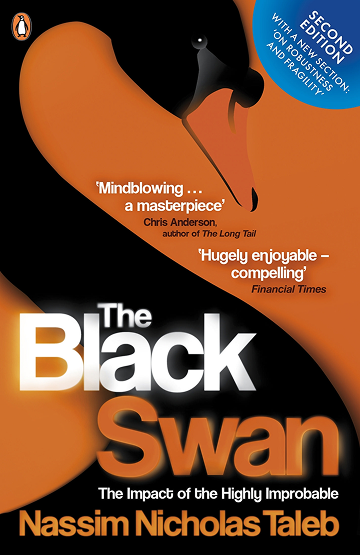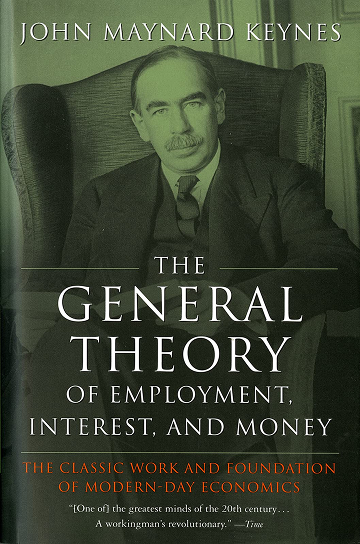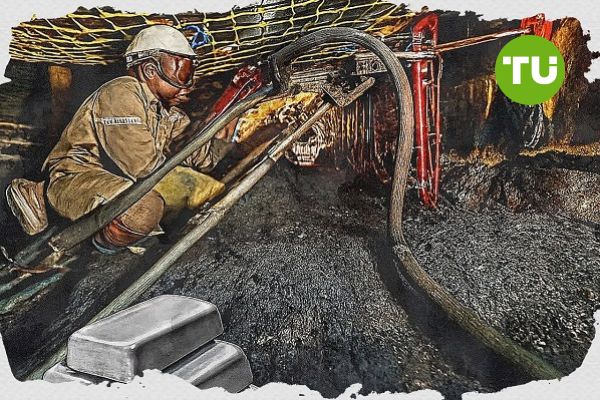James Dyson Net Worth, Biography and Key Insights



James Dyson’s Profile Summary
|
Company
|
Dyson Ltd. |
|---|---|
|
Position
|
Chief Engineer |
|
Source of wealth
|
Inventions and ownership of Dyson Ltd. |
|
Also known as
|
James Dyson |
|
Age
|
78 |
|
Education
|
Royal College of Art |
|
Citizenship
|
United Kingdom |
|
Residence
|
South Gloucestershire, England |
|
Family
|
Married, three children |
|
Website, Social Media
|
James Dyson’s biography
Sir James Dyson, born on May 2, 1947, in Cromer, Norfolk, England, is a renowned British inventor, industrial designer, and entrepreneur. He attended the Byam Shaw School of Art and later the Royal College of Art, where he studied furniture and interior design. During his time at the Royal College of Art, Dyson contributed to the design of the Sea Truck, a high-speed landing craft.In the late 1970s, Dyson became frustrated with his vacuum cleaner's diminishing performance due to clogged dust bags. This led him to develop a bagless vacuum cleaner utilizing cyclonic separation. After 5,127 prototypes, he launched the G-Force cleaner in 1983, initially finding success in Japan. In 1993, Dyson established his own manufacturing company, Dyson Ltd., in the UK to produce the Dyson Dual Cyclone, which became the fastest-selling vacuum cleaner in the country.
Under his leadership, Dyson Ltd. expanded its product line to include bladeless fans, hand dryers, and hair dryers, all featuring innovative designs. The company has grown into a global technology enterprise, present in over 84 markets worldwide.
Beyond his business ventures, Sir James is a prominent advocate for engineering and technology education. He established the James Dyson Foundation to support design and engineering education and the Dyson Institute of Engineering and Technology to train the next generation of engineers.
As of 2023, according to the Sunday Times Rich List, Sir James Dyson and his family have an estimated net worth of £23 billion, making him the fifth-richest person in the United Kingdom.
-
How did James Dyson make money?
Sir James Dyson built his fortune through relentless innovation in the household appliance industry. His journey began in the late 1970s when he grew frustrated with his vacuum cleaner losing suction due to clogged bags. Drawing inspiration from industrial cyclonic separators used in sawmills, Dyson developed a revolutionary bagless vacuum cleaner that used cyclonic separation to maintain constant suction.
After more than 5,000 prototypes and facing numerous rejections from established manufacturers, Dyson found initial success in Japan, licensing his G-Force cleaner in the 1980s. The product gained popularity, earning Dyson a Japanese design award and generating significant royalties. However, frustrated by licensing limitations, Dyson decided to manufacture his products independently.
In 1993, he established Dyson Ltd. in the UK and launched the Dyson Dual Cyclone, which became the fastest-selling vacuum cleaner in the country. The company quickly expanded internationally, with products entering markets across Europe, North America, and Asia. Dyson’s ability to continuously innovate led to a broader product line, including bladeless fans, Airblade hand dryers, and high-tech hair care tools.
A key driver of Dyson's success is his commitment to reinvesting profits into research and development. The company spends hundreds of millions annually on R&D, ensuring a pipeline of innovative products that maintain Dyson’s competitive edge.
As of 2023, Dyson Ltd. reported annual revenues of £7.1 billion. The company remains privately owned, with Sir James Dyson holding the majority stake, making him one of the wealthiest individuals in the UK. His wealth stems from his ownership of Dyson Ltd., royalties from his inventions, and the company’s continued global expansion. -
What is James Dyson net worth?
As of 2025, James Dyson’s net worth is estimated to be $15.3 B.
What is James Dyson also known as?
Sir James Dyson is commonly known as James Dyson, the British inventor and entrepreneur behind the Dyson brand, renowned for revolutionizing household appliances with innovative designs.Prominent achievements of James Dyson
Sir James Dyson revolutionized the household appliance industry with the invention of the bagless vacuum cleaner and founded Dyson Ltd., a global technology company known for its innovative products. He was knighted in 2007 for his contributions to industrial design and innovation.What are James Dyson’s key insights?
Sir James Dyson advocates for embracing failure as a learning opportunity, emphasizing that success often stems from perseverance and continuous improvement.
James Dyson’s personal life
Sir James Dyson is married to Deirdre Hindmarsh, a teacher and painter. The couple has three children: Emily, Jacob, and Sam. His son, Jake Dyson, is actively involved in the family business, contributing to the company's innovative product designs.
Useful insights
Understanding market forces
In my experience, to truly succeed as an investor, it’s essential to understand the driving forces behind market behavior. Market movements aren’t random—they’re influenced by a range of economic theories and dynamics. The following books provide valuable insights into these forces, offering a deeper understanding of how global financial markets operate and what shapes their trends.
-
Nassim Nicholas Taleb – "The Black Swan"

-
Summary:
Taleb explores the concept of rare, unpredictable events—so-called "Black Swans"—that can have massive impacts on markets and society. These events are often overlooked by traditional risk management models, leading to devastating consequences when they occur. Taleb illustrates how these unpredictable shocks shape our world, often more than gradual, expected changes.
-
Why read it:
This book challenges conventional thinking about risk and uncertainty, showing that many major historical and financial events were "Black Swans." It's a vital read for investors who want to build resilience in the face of market volatility.
-
-
John Maynard Keynes – "The General Theory of Employment, Interest, and Money"

-
Summary:
Keynes revolutionized economics by focusing on total demand within an economy and its effect on output and inflation. His theory suggested that government intervention could stabilize economic cycles through fiscal and monetary policy. The book also explains the consequences of under-consumption and the role of interest rates in managing economic stability.
-
Why read it:
For investors interested in macroeconomic trends and policy impacts, Keynes’ work is essential. Understanding the Keynesian framework can help investors predict how government actions might influence market performance.
-
Other profiles in category
Popular Financial Guides
Latest Financial News

Bengwenyama platinum project targets 400K ounces annual production

Weekly forecast: Microsoft expected to test $515 next week































































































































